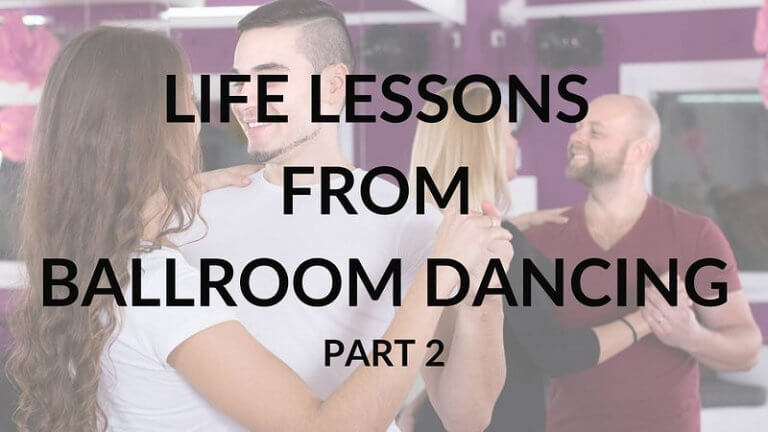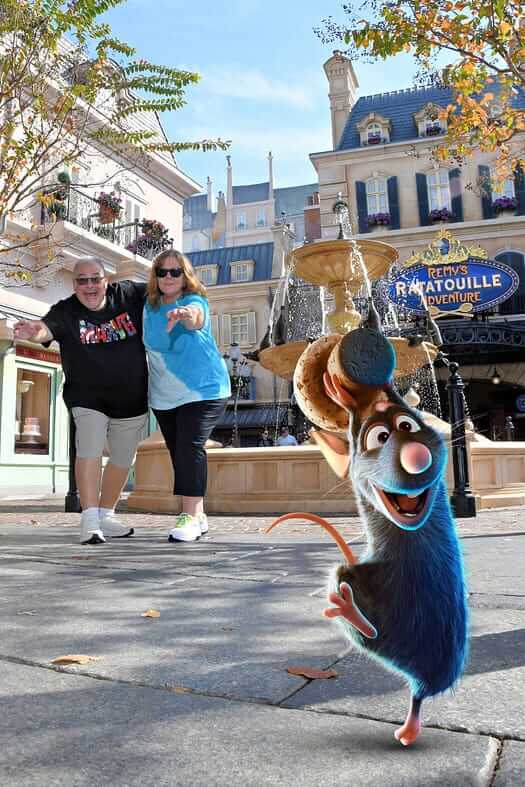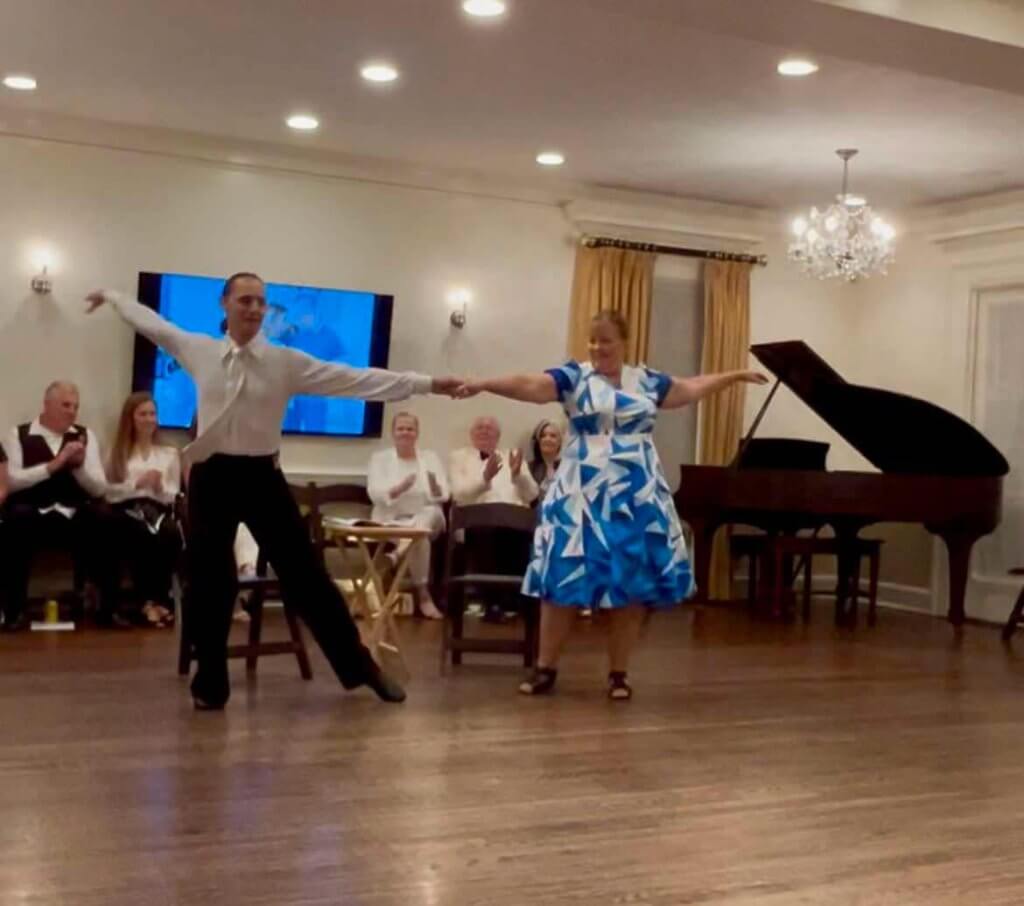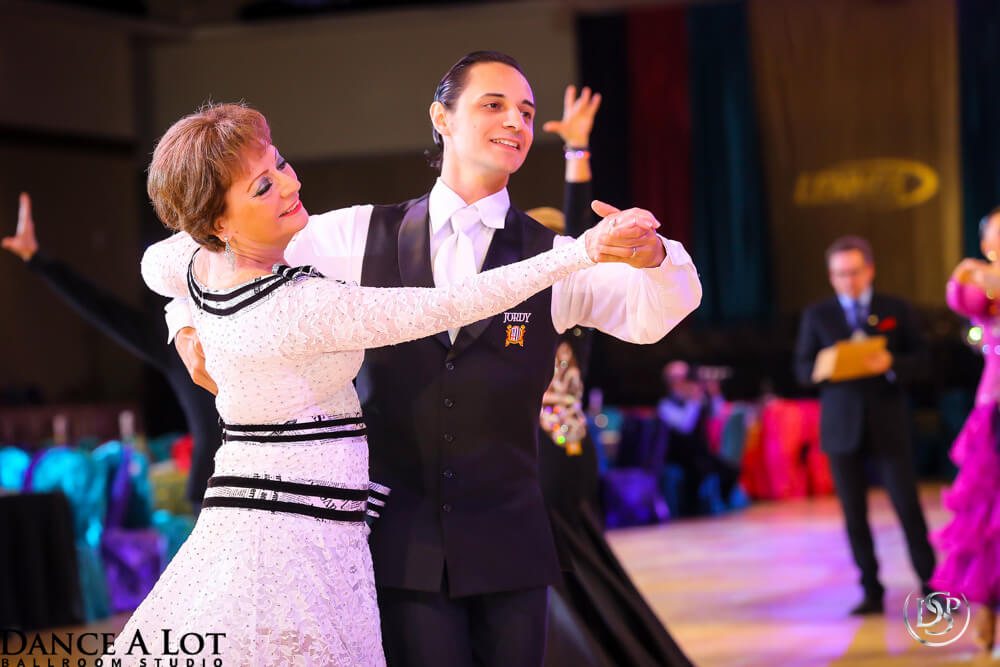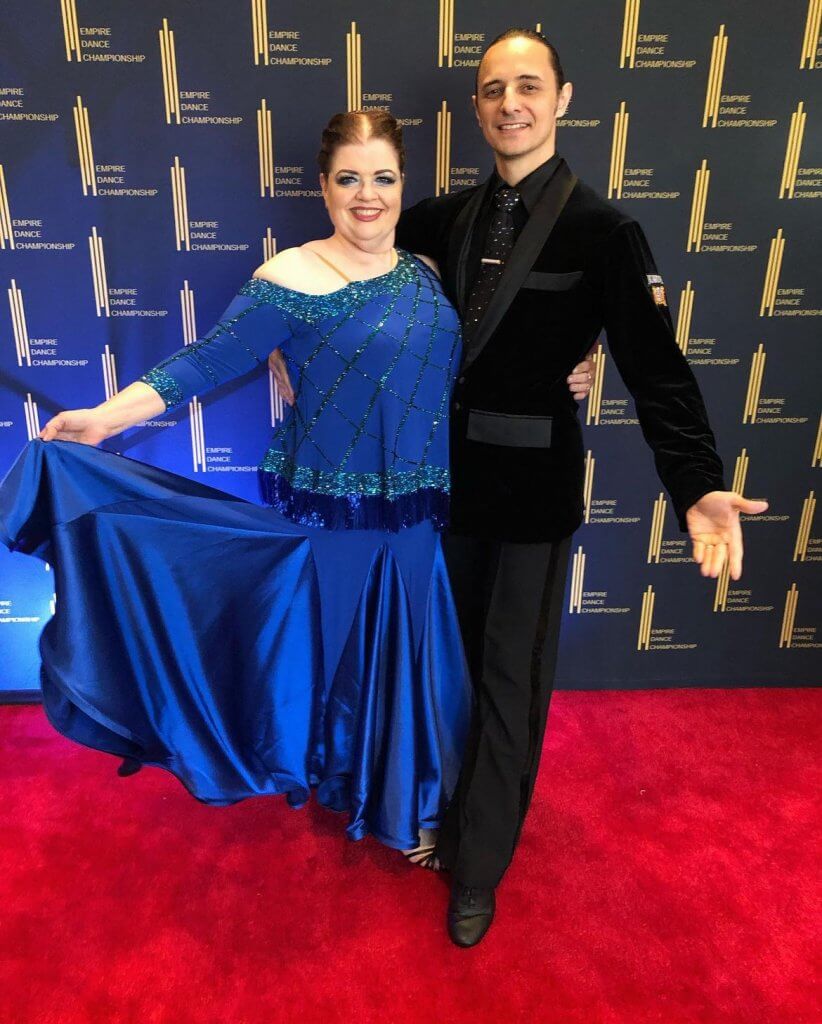In the second half of our two part blog, we’re exploring other life lessons that we can learn from Ballroom Dancing.
- It only looks easy — Have you ever watched a professional dancer and thought: “That looks easy, I can do that.” Then when you tried it yourself reality hits you — “this only looks easy, it’s actually hard.” Dancing, as in all other professions, where people dedicate countless hours in mastering their craft, can often seem easy on the surface. But making something easy requires a lot of hard work. When you observe a professional and think “how hard could that be” (to do what they do), it means that they’re doing their job well. Excellent professionals make you look past the hard work and focus on the intrinsic value of their performance. They inspire people to want to imitate them. One of the first things people notice in a professional dancer is their posture. You may think learning how to straight up your body is easy…until you try it. Standing up by itself requires many small adjustments to keep your balance. Just close your eyes, and test yourself. And when you attempt to improve on your basic standing, you realize that no, good posture in not easy to achieve and maintain. Your sore muscles the next day are a proof of that. 🙂
- Timing is everything — Lost in music it’s not the same as being lost in the music. The later means to fully emerge yourself in the experience. The first means that you have no idea where the beat is. Dancing is generally based on a count and response structure. If any of the partners are dancing off beat, the lead or follow will be wrong, and there will be no harmony, but instead will be a hot mess. You’ll be stepping all over each other’s feet. There are many things you can be late or too early for — for the correct beat, to give your hand on time, to turn your head, to raise your hand to spin the lady, to open your body, etc. etc. Partner dancing is a challenge in itself since you have to co-ordinate your steps with those of your partner. But like in life when you’re working in a team, if you don’t coordinate your efforts with your team members, the job will suffer, and ultimately it either will be done poorly or wont’ be done at all. So a well-timed initiation given by the leader and a timely response by the follower makes the dance a successful enterprise.
- We’re equal in hope and desire, not skill, ambition, and result — Being honest with yourself of what your abilities are is a victory of its own. God has gifted some people with talents other don’t have. The tenth commandment says “Do not covet.” There’s no reward in coveting something you don’t possess. You’ll never find peace, because there’ll be always someone who is more talented, stronger, or fitter than you. Instead, you should strive to do your best to become a better version of yourself, working on your flaws with diligence, perseverance, and faith. You might win, you might lose. Most importantly keep improving yourself. And whatever you do must bring you joy.
- Patience has remarkable advantages — waiting is challenging, especially for women. It requires patience to learn to be patient. It’s a daily practice. On the dance floor and off — which can be even harder. You’ll never know how much better and more beautiful your dancing can be if you finish each step and stop rushing to the next step. Instead wait on your partner to lead you. As painful for the control freak in you waiting might be, it could benefit you tremendously — on the dance floor and in real life. Waiting patiently gives you the space to see what’s really going on. Waiting patiently means that you’re paying attention, that you’re fully concentrating on your partner and you’re open to his suggestive lead. It gives the leader time to catch up. It gives him an affirmation that you’re placing your full trust in him, which forces him to improve his act, and do his best to guide you correctly. Embrace the benefits of patiently waiting and feel its power.
- Persistence and discipline — If you want something out of life, you need to work your butt off to get it. You need to show off for your lessons week after week, year after year and dance as if you are on stage or at the competition. Because if you don’t, you won’t improve your skills and achieve the result you’re hoping to get. It is frustrating to keep trying when you can’t seem to get the step or you don’t finish well in a competition, but finally getting the step, the hand gesture, an entire choreography, or making finals, and sometimes even win first place, is remarkable and fulfilling. You’ll be grateful and happy that you didn’t take the easy way out and give up.
- Perseverance and determination — Dancing teaches you to suck it up and keep going. There will be times that you’ll want to quit because things are getting tough or too difficult. In these instances, you have to remind yourself to keep going because the end result will be worth the effort. Dance teaches you to keep trying and never give up.
- Responsibility — Dance teaches you to be responsible to yourself, your partner, your teacher, your studio. You need to show up on time for your lessons, you need to focus and pay attention. To get the best out of your instruction, you need to remember to practice between your lessons, and you need to remember to bring your shoes every time (or you’ll have to dance in your socks.) 🙂
- No instant gratification — It’s not news that mastering a new skill — whether a sport, an instrument, or a craft — takes time and training. Dancing is no different. It is physically and mentally demanding and requires time to master a particular move or a routine. And even though in rare cases you may be able to do a move correctly the first time, 99 % of the time you’ll need consistent correct practicing and repetition till you finally say “I got it.” If dancing teaches you something, it’s that there’s no instant gratification. You need to put in hard work to receive your reward.
- Progress is not linear, but a bumpy ride —There will be lots of times when you will fail, and many times when you’ll on top of your game. There’ll be times when you don’t understand what you’re being taught. And there’ll be times when you’ll finally have that “light bulb” moment. Times when you’re on the beat, and times when you’re off. But if you stick with it and keep showing up, things will trend up. The line of your progress won’t be a straight line, but definitely an increasing one.
- Your mind needs a break from everyday troubles — Dancing helps you lose yourself and forget about your troubles. The young title character in Broadway’s hit Billy Elliott said it well, “…Once I get going I sorta forget everything. And…sorta disappear. Like I feel a change in my whole body.” Learning how to dance is a mental challenge, which relaxes the brain. Without even noticing you will forget about your stress, troubles, past and future, your age, to-do or not-to-do list, etc. Your brain will be so preoccupied with memorizing the new steps, improving the ones you already know, and working on pesky little technical details, that it’ll be almost impossible to think of anything else. We all need break from our routines or we will go insane, depressed, or both.
- Learning new skills (such as dancing) re-energizes — Vocabulary.com defines the word Energize as to mean: “to raise the energy level of something”. We all know the energizer bunny — the one from the commercial who “keeps going and going and going?” He has the energy to beat that drum over and over because he’s energized by long-lasting batteries. If you’re feeling low on energy, dancing might act as this long lasting battery, reenergizing you the same way a cat nap or a chocolate bar can.
- Learning new skill (such as dancing) enables new abilities (and keeps your brain young) — Steven Chase, associate professor of biomedical engineering and the Neuroscience Institute at CMU says: “We think that extended practice builds new synaptic connectivity that leads directly to the development of new patterns of activity that enable new abilities,” Engaging in a new skill, that requires a multiple series of repetitions, practicing, and coaching, fires up the neuron connections in your brain, which stimulates and thickens your prefrontal cortex, creating new neural patterns.
- You don’t need words to express yourself — Expressing emotion is a positive thing. But for many introverted people showing their emotions is challenging and often unpleasant. Dancing allows for non-verbal communication and provides a path for those unspoken emotions to see the light of day. As a silent form of art expression, dancing is interpretive and it’s really hard to hurt or insult anybody. Dancing allows people to communicate and understand each other without using words. It brings people together.

